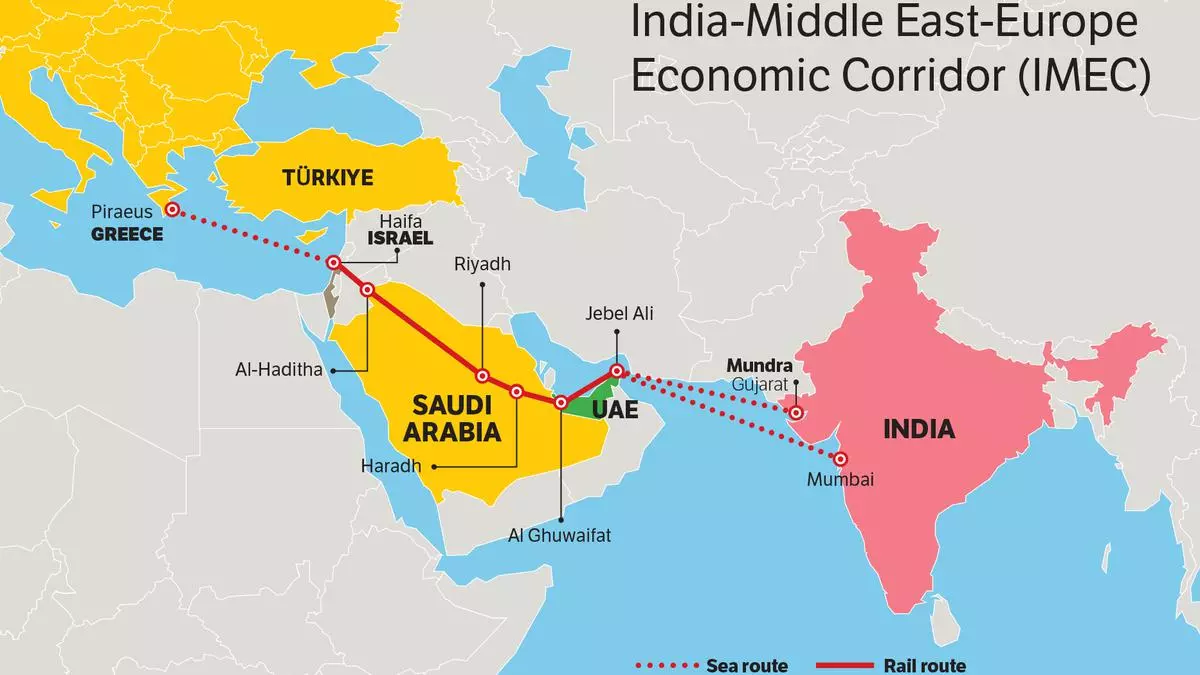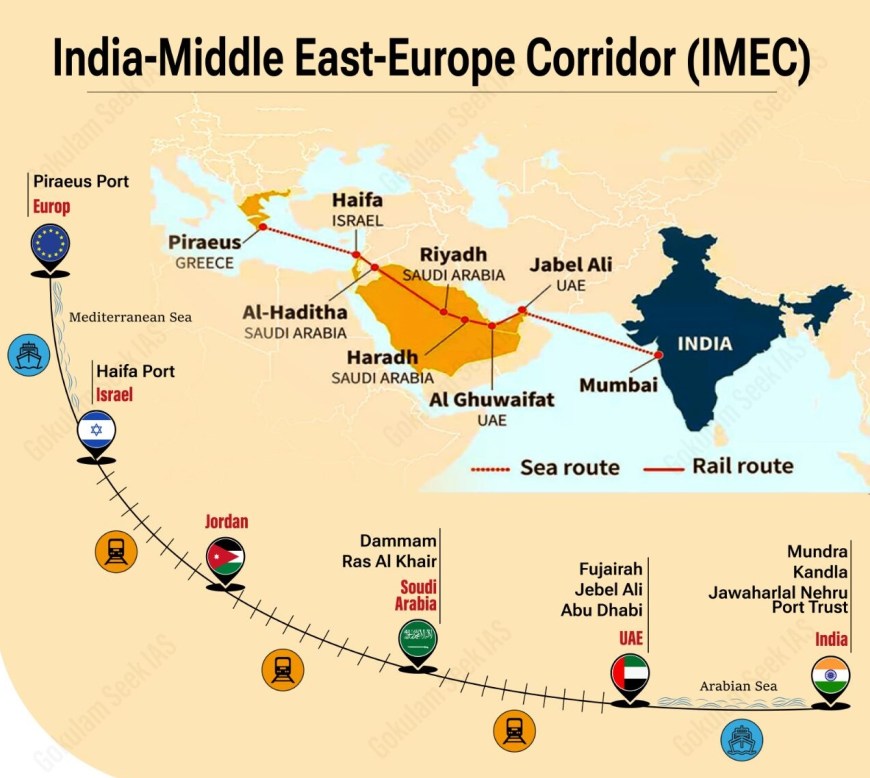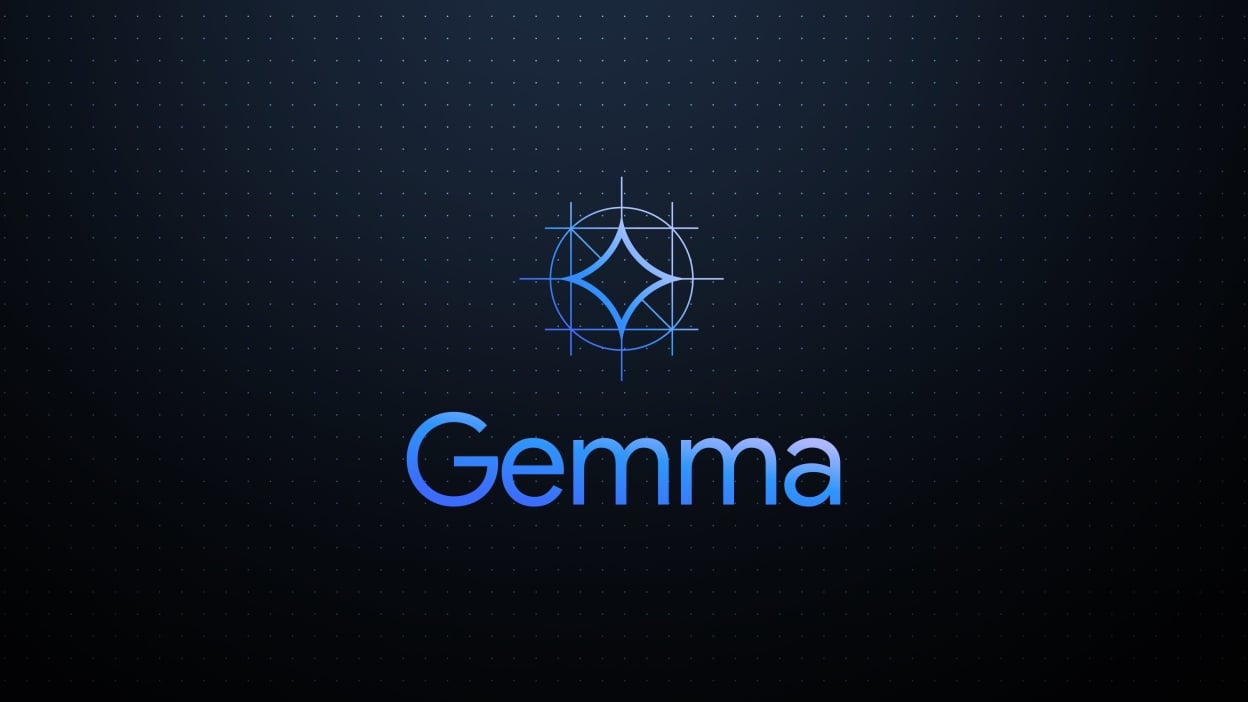|
|
||
|
22 February 2024 |
||
|
- Raisina Dialogue
- Israel proposes New Trade Route via Mundra Port
- Blue Aadhaar card
- Cabinet approves amendment in FDI policy on Space Sector
- Helium Stars: A Breakthrough in Astrophysics
- Google unveils ‘Gemma’


- Raisina Dialogue- 9th Edition

Introduction
The Raisina Dialogue, the 9th edition, happening from February 23 in New Delhi, is about people from different places coming together to talk.
What is Raisina Dialogue?
- It’s a yearly meeting where people discuss important stuff like politics and money.
- It started in 2016 and happens in New Delhi, India.
- The Observer Research Foundation (ORF) organizes it with help from the Ministry of External Affairs of India.
- It’s like Singapore’s Shangri-La Dialogue.
- Experts, leaders, and policymakers join in to talk about global issues.
- They discuss things like politics, money, and strategy.
Theme of this year’s edition
- This year’s theme is “Chaturanga: Conflict, Contest, Cooperate, Create,” which means talking about different aspects of global issues.
There are six main topics they’ll discuss:
1. Tech Rules and Reality
2. Saving the Environment
3. War and Peace
4. Changing Big Groups
5. Plans for the future
6. Defending Democracy
What makes it a pivotal moment for India’s Foreign Policy?
1. Global Representation: It mirrors India’s ambition to lead and impact global affairs substantially.
2. Engagement Platform: It provides India with channels to address crucial regional and global concerns.
3. Advocacy for International Order: It showcases India’s dedication to a rule-based, inclusive, and cooperative world order.
4. Boosting Global Perception: It elevates India’s standing as a dependable and adaptable global ally.
Similar Meetings around the World
1. Shangri-La Dialogue in Singapore
2. Munich Security Conference in Germany
3. Halifax International Security Forum in Canada
4. Doha Forum in Qatar
5. Valdai Discussion Club in Russia.
- Israel proposes New Trade Route via Mundra Port

Introduction
- Because of recent attacks on ships connected to Israel by Houthi rebels in the Red Sea, Israel’s Transport Minister Miri Regev has suggested a new trade route through the Mundra port in Gujarat, India.
- This route is part of a bigger project called the India Middle East Europe Economic Corridor (IMEC), which aims to connect India to Europe through the Middle East.
Why discuss this?
- Houthi Attacks: Rebels in Yemen have been targeting ships linked to Israel in support of Gaza, causing disruptions in global trade, as about 12% of trade passes through the Red Sea.
- Industry Response: A recent agreement in the industry allows sailors to refuse to sail through the Red Sea due to safety concerns, showing how serious the situation has become.
New Route via Mundra Port
- Overview: Minister Regev announced the new trade route in a video from the Mundra port. Goods will travel from Mundra to UAE ports, then by land through Saudi Arabia and Jordan to Israel, mostly using trucks.
- Operational Details: Israeli company Trucknet and UAE’s PureTrans will operate the trucks transporting goods. This route avoids the Red Sea, ensuring safer passage amid rising tensions.


About India Middle East Europe Economic Corridor (IMEC)
- Corridors: The East Corridor connects India to the Arabian Gulf, while the Northern Corridor connects the Gulf to Europe.
- Infrastructure: The corridor includes railroads, ship-to-rail networks, road transport routes, an electricity cable, a hydrogen pipeline, and a high-speed data cable.
- Signatories: India, the US, Saudi Arabia, UAE, the European Union, Italy, France, and Germany.
- Ports Connected: Ports in India, the Middle East, and Europe are connected through this corridor.
Implications and Considerations
- Benefits: The land route promises faster and cheaper travel for Israel while generating revenue for Saudi Arabia and Jordan through transport fees and duties.
- Challenges: Trucks have limited capacity compared to ships, which could affect trade volume. The route’s success depends on stable diplomatic relations between Israel and the transit countries.
- Long-term Prospects: The route is part of the IMEC project, which aims to connect India to Europe. However, progress may face obstacles due to ongoing conflicts.
Conclusion
Israel’s proposal for an alternative trade route shows its ability to adapt to regional challenges.
While it helps in the short term by avoiding disruptions in the Red Sea, the success of the route depends on stable diplomacy and infrastructure development in transit countries.
Despite its limitations, the new route highlights the importance of innovation and cooperation in navigating complex geopolitical situations and ensuring smooth global trade.
- Blue Aadhaar card

Aadhaar Card: An Overview
Aadhaar is a very important document in India that helps people get government benefits and subsidies. It has details like your name, address, and date of birth, and it’s linked to a unique 12-digit number.
Baal Aadhaar: Aadhaar for Children
For kids under 5 years old, there’s a special blue Aadhaar card called Baal Aadhaar.
Features of Baal Aadhaar
- The Baal Aadhaar card is blue and has a unique 12-digit number for children under 5.
- Unlike adults, kids don’t need to give their fingerprints or other biometric data to get the card.
- Instead, it’s based on their parents’ information and a photo of the child’s face.
- When a child turns 5 and again at 15, they need to update their biometric data for the card to stay valid.
Significance of Baal Aadhaar
The Baal Aadhaar card helps kids get access to government programs and scholarships. Some schools also require it for admissions now.

- Cabinet approves amendment in FDI policy on Space Sector

Changes in Foreign Direct Investment (FDI) Policy
- The Union Cabinet recently changed the rules for foreign investment in the space sector.
- They divided satellite activities into three categories and set limits for how much foreign investment is allowed in each one.
Focus of Indian Space Policy 2023
- The Indian Space Policy 2023 aims to increase private sector involvement in the space industry.
- It wants to boost space capabilities, encourage commercial space ventures, and use space technology to benefit other areas.
- The policy also aims to improve international relations and make sure everyone involved can use space applications effectively.
Recent Amendments to FDI Policy
- The changes to the Foreign Direct Investment (FDI) Policy now allow up to 100% foreign investment in the space sector.
- This means more foreign investors can put money into Indian space companies.
- Different activities have different limits on how much foreign investment is allowed, ranging from 49% to 100%.
Benefits of the Amendment
- It can create more jobs, help Indian companies adopt new technology, and connect them to global markets.
- It also supports the Indian government’s goals of promoting domestic manufacturing and making India more self-reliant.
- Helium Stars: A Revolution in Astrophysics
https://www.thehindu.com/sci-tech/science/binary-stripped-helium-stars-neutron-stars-kilonovae/article67870333.ece

Introduction
Scientists have recently found a special type of stars called helium stars after searching for them for ten years.
Dr. Maria Drout from the University of Toronto led a team of astronomers in this effort to learn more about these mysterious stars.
Helium Stars: An Overview
- Helium stars, also called helium-burning stars, are a stage in the life of some stars.
- They are usually bigger than the Sun and have used up all their hydrogen fuel, causing their cores to shrink and heat up.
- This leads to helium fusion in the core, creating heavier elements like carbon and oxygen.
- The process releases energy, making the star expand and shine brighter. Helium stars are in between main-sequence stars and later stages like red giants or supernovae in their evolution.

Image Credit: Britannica


Image Credit: NASA
Key Findings and Insights
- Spectral Analysis: Scientists studied the light spectra of helium stars from 2017 to 2024 and found different classes based on their hydrogen content, which helped understand their evolution
- Computational Modeling: Advanced computer models provided important information about the surface temperatures and gravity of helium stars, improving our understanding of their characteristics.
- Surface Conditions of Class 1 Stars: Further investigations revealed that Class 1 helium stars have extremely hot surfaces, about 20 times hotter than the Sun, and strong surface gravity, about 1,000 times stronger than Earth’s.
Significance of the Findings
- Hydrogen-Deficient Supernovae: Understanding helium stars helped explain hydrogen-deficient supernovae, which had puzzled scientists for a long time.
- Binary-Star Interactions: Interactions between binary star systems played a key role in revealing the helium-rich surfaces of these stars.
Implications for Astrophysics
- Cosmic Laboratories: Helium stars provide important opportunities to study stellar evolution and binary star dynamics.
- Frontiers of Research: Discovering helium stars opens up new areas of research in understanding how heavy elements are formed and how gravitational waves are generated.
- Google unveils ‘Gemma’

- Google has introduced Gemma, a new set of AI models that anyone can use.
- Gemma is named after a precious stone and is designed to be lightweight and easy to use.
- These models perform really well, even though they are smaller in size.
- They are safe to use and produce reliable results.
Some key features of Gemma include:
- Two sizes: Gemma 2B and Gemma 7B, which come with different options.
- Tools to help developers use AI responsibly.
- Support for popular frameworks like JAX, PyTorch, and TensorFlow.
- Easy to use and deploy on different platforms.
- Can be used commercially by any organization.



